Disclosure: This article contains affiliate links. We may earn a commission from purchases at no extra cost to you, which helps our travel content.
When I traded my hospital scrubs for a backpack and landed on the remote shores of Tuvalu, I knew I was in for a unique adventure. As a nurse who's seen her fair share of emergencies, navigating this scattered Pacific nation—one of the world's least visited countries—presented a whole new kind of challenge. With just 26 square kilometers spread across nine coral atolls, Tuvalu isn't your typical island destination. But for the adventurous solo traveler willing to embrace local transportation and a flexible itinerary, these islands offer an untouched paradise that feels worlds away from my busy hospital shifts in Sydney.
Getting to Tuvalu: The First Challenge
Let's be honest—reaching Tuvalu is half the adventure. With only two Fiji Airways flights per week from Suva, flexibility is non-negotiable for this journey. I booked my tickets three months in advance using flight comparison tool to secure the best fare, which still cost around $600 USD round-trip.
After missing my connection in Fiji due to a medical emergency on board (where I found myself doing what nurses do best—helping out), I learned that having buffer days is essential when traveling to such remote destinations. The tiny Twin Otter aircraft that finally carried me to Funafuti felt more like a bus with wings, offering stunning aerial views of the ring-shaped atoll as we descended.
The airport itself is little more than a single-room building where immigration consists of a friendly official with a stamp and a smile. No fancy e-gates here! The entire runway doubles as a community space when flights aren't arriving—I witnessed volleyball games, napping dogs, and children playing before officials cleared the strip for our landing.
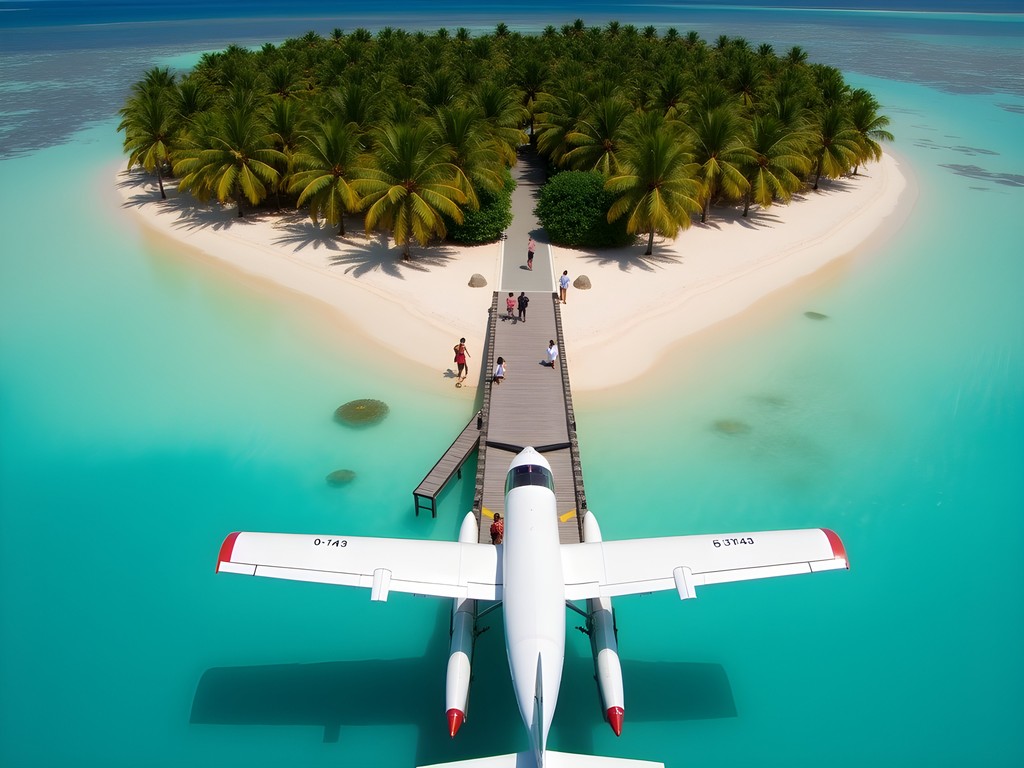
💡 Pro Tips
- Book flights at least 3 months in advance
- Build 1-2 buffer days into your itinerary for potential delays
- Bring printed copies of all reservations as digital access is unreliable
Navigating Funafuti: The Main Island
Funafuti may be Tuvalu's 'big city,' but at just 12km long and never more than 400m wide, it's essentially one road with everything you need along it. During my two-week stay, I quickly discovered the three primary transportation options:
1. Motorbike Rental: The most efficient way to explore Funafuti is by renting a motorbike for about $15-20 AUD per day from guesthouses or local families. Despite my initial nervousness (the last time I rode was during that nursing exchange in Thailand!), I rented from a lovely family near the Vaiaku Lagi Hotel who provided a basic but reliable helmet. If you bring your own lightweight helmet, even better—local options may not meet safety standards we're used to.
2. Shared Taxi Trucks: These open-air pickup trucks serve as Tuvalu's public transportation, costing just $1-2 AUD per ride. Flag one down anywhere along the main road, hop in the back with locals, and pay when you disembark. They're irregular but frequent during daylight hours.
3. Walking: As a nurse who appreciates both efficiency and exercise, I often chose to walk. The entire main island can be traversed in about 2-3 hours at a leisurely pace. I recommend wearing proper water shoes as high tide can sometimes flood sections of the road.
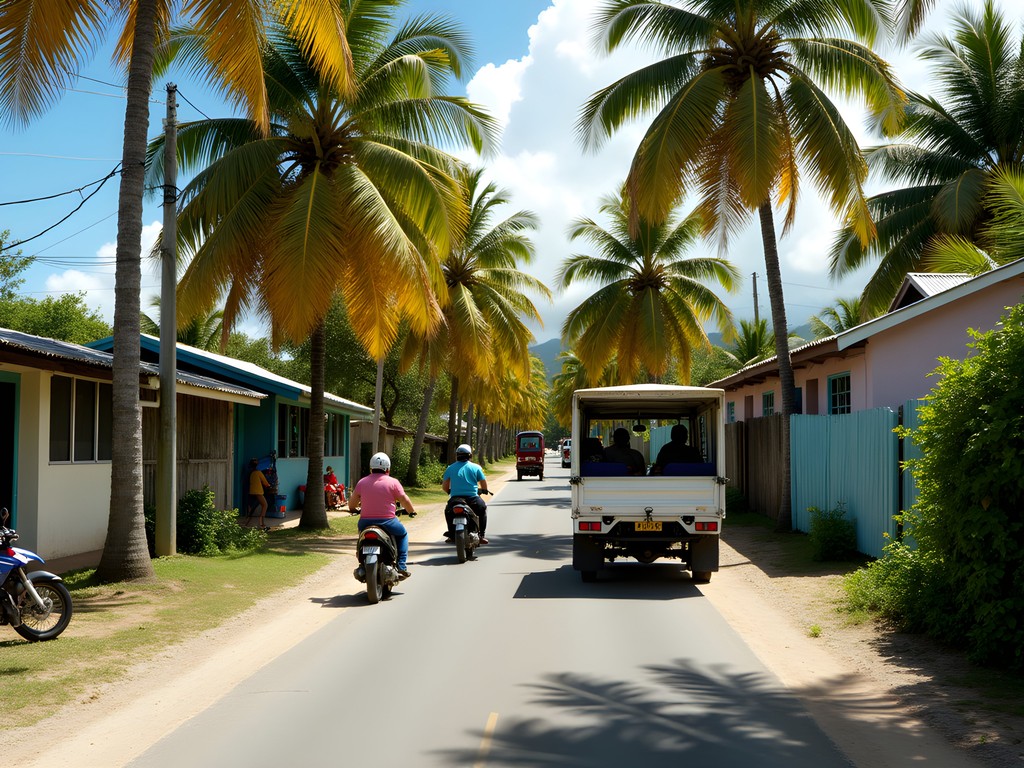
💡 Pro Tips
- Always carry Australian dollars as there are no ATMs for foreigners
- Negotiate motorbike rental rates for multi-day discounts
- Learn basic Tuvaluan greetings—locals appreciate the effort
Island Hopping: Exploring Outer Islets
The true magic of Funafuti lies in its outer islets, scattered along the atoll's rim like emerald beads on a turquoise necklace. Accessing these requires embracing the local boating culture, which follows its own rhythms—much like how traditional healing practices I've studied complement modern medicine.
Hiring Local Boats: During my second week, I connected with a fisherman named Semeli who offered to take me to three islets for $60 AUD. These arrangements are informal—ask at your accommodation or the Filamona Moonlight Lodge for recommendations. I packed my dry bag with essentials, as there are absolutely no facilities on most islets.
We visited Tepuka, an uninhabited islet with pristine beaches where I spent hours snorkeling among vibrant coral gardens. The boatman showed me traditional healing plants used for treating wounds and inflammation—fascinating connections to some of the pharmacological principles we use in modern nursing.
Fualefeke islet offered a glimpse of conservation efforts, with newly planted mangroves protecting against rising sea levels—a sobering reminder of climate change's impact on these vulnerable nations.
DIY Island Transport: For the budget-conscious traveler comfortable with adventure, you can sometimes join supply boats heading to outer islets for around $10-15 AUD. These boats aren't regular or reliable, but asking around at the harbor each morning might secure you a spot. Bring plenty of water, sun protection, and a solar charger for your devices, as there's no electricity on most islets.
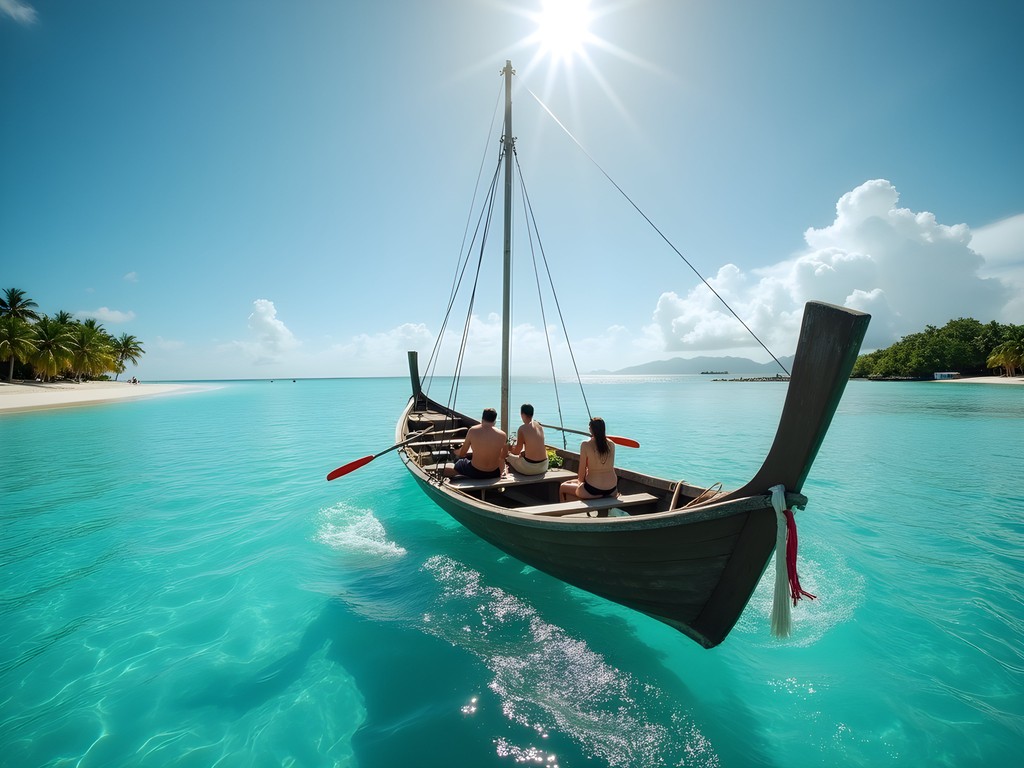
💡 Pro Tips
- Always confirm return times clearly when arranging boat transport
- Pack all trash out—these pristine environments have no waste disposal
- Respect local conservation areas and no-fishing zones
Wellness and Healing: A Nurse's Perspective
As a nurse passionate about global healing traditions, I was fascinated by Tuvalu's approach to health and wellness. The Funafuti Community Health Center—the nation's primary medical facility—serves the entire population with limited resources. During my visit, I spoke with local health workers who blend modern medicine with traditional practices.
Local wellness traditions focus heavily on ocean-based healing. One afternoon, an elder named Lise showed me how crushed coral mixed with coconut oil creates a paste used to treat skin conditions—a practice that actually has scientific merit due to calcium compounds and natural antibacterial properties.
For travelers, maintaining wellness here requires preparation. I recommend bringing a comprehensive first aid kit supplemented with rehydration salts. The intense sun and humidity can quickly lead to dehydration, something I witnessed frequently among visitors.
The island's natural pharmacy amazed me—pandanus leaves for wound wrapping, coconut water for natural electrolytes, and noni fruit preparations for inflammation. These traditional methods reminded me of my experiences in Thailand, where I first discovered how indigenous knowledge often parallels modern medical understanding.
Walking barefoot on coral beaches—a natural reflexology treatment—became my daily stress relief after years of standing on hospital floors. The mind-body connection feels stronger here, where life moves according to tides rather than clocks.
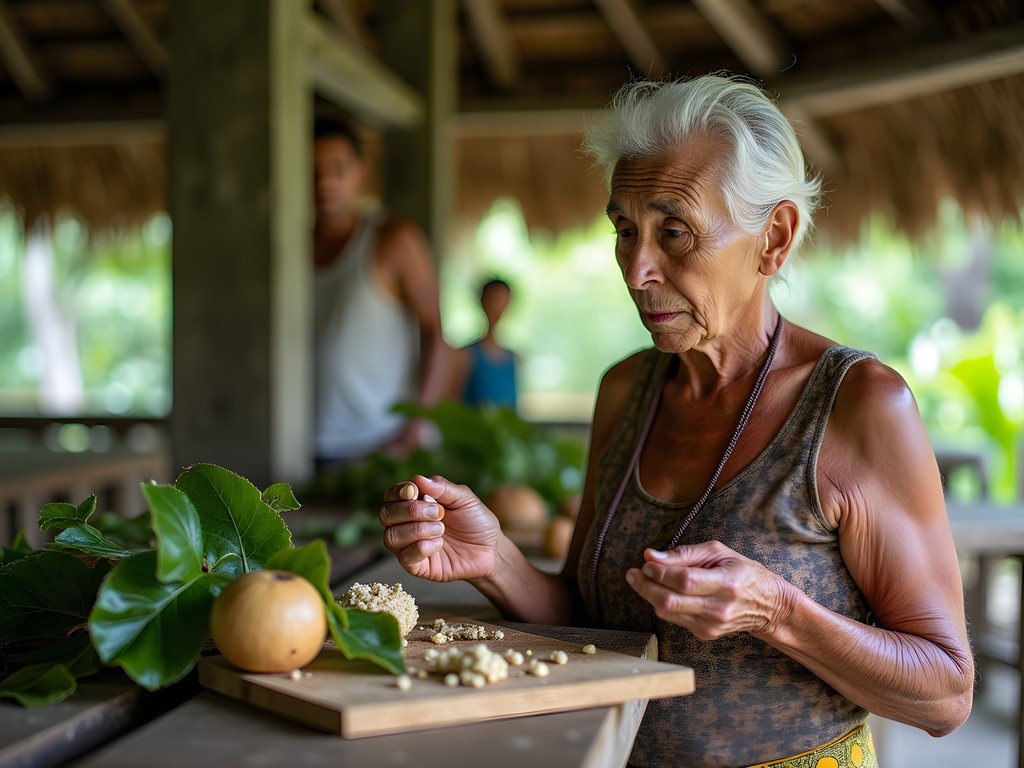
💡 Pro Tips
- Bring all necessary medications as pharmacy supplies are extremely limited
- Use reef-safe sunscreen to protect both your skin and the fragile marine ecosystem
- Practice basic hygiene diligently as gastrointestinal issues are common among visitors
Budget Accommodation and Local Transportation Tips
Accommodation in Funafuti is limited but affordable. I stayed at the Filamona Moonlight Lodge ($50-70 AUD/night) which offers basic but clean rooms with fans—no air conditioning despite the tropical heat. The family-run lodge arranged my motorbike rental and connected me with boat operators.
For ultra-budget travelers, ask about homestays at the National Tourism Office near the airport. Several families offer rooms for $30-40 AUD with breakfast included, providing cultural immersion alongside savings.
Managing transportation costs requires planning. I purchased a foldable water bottle to reduce plastic waste and save money, as imported bottled water costs $2-3 AUD. When exploring the main island, I often walked during mornings and evenings, using my travel backpack to carry essentials.
For group transportation, splitting boat costs makes island hopping more affordable. I connected with two Australian travelers at my lodge, and we shared a day trip to three islets for $20 AUD each—a significant savings from solo rates.
Meals represent another budget consideration. The Filamona Lodge's communal kitchen allowed me to prepare simple breakfasts and lunches using items from the two small grocery stores. For dinner, local food stands near the airport serve delicious fresh-caught fish with rice for about $5-7 AUD—both economical and authentic.
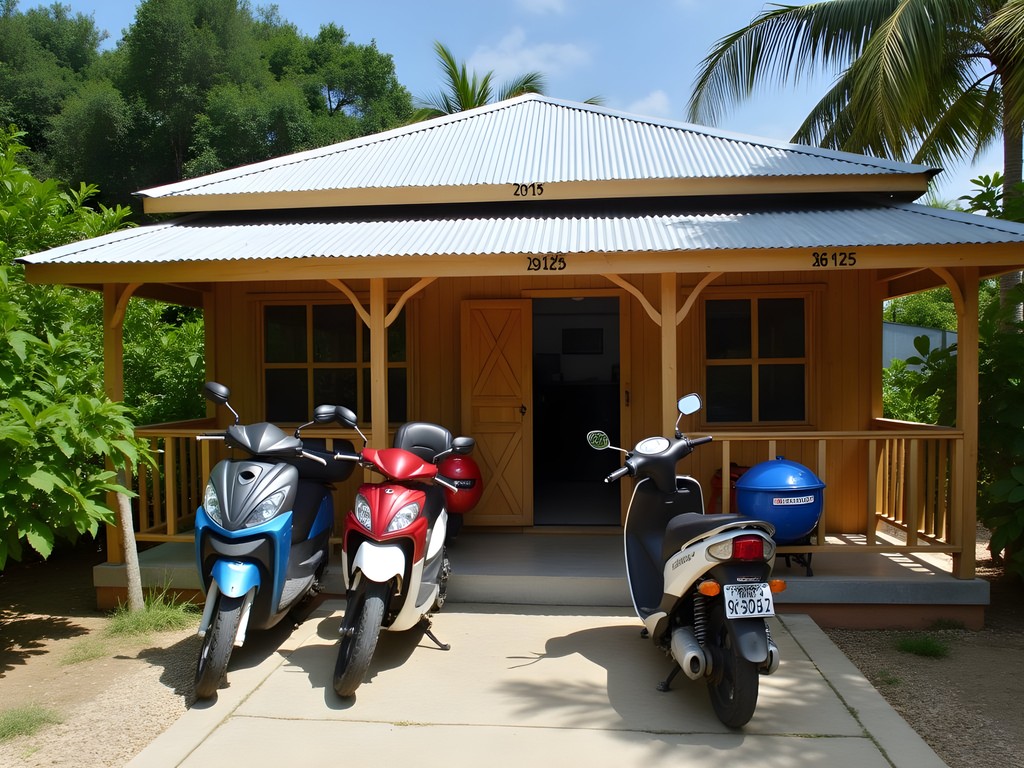
💡 Pro Tips
- Book accommodation directly via email or phone for better rates than online
- Bring a headlamp for navigating at night as street lighting is minimal
- Purchase a local SIM card at the Telecom office for $10 AUD to coordinate transportation
Final Thoughts
As my two weeks in Tuvalu drew to a close, I found myself reluctant to leave this precarious paradise. The simplicity of transportation here—walking an entire nation in an afternoon, navigating by familiar landmarks rather than Google Maps, and relying on the generosity of locals for passage between islets—offers a profound lesson in slowing down. As a nurse accustomed to the urgency of hospital corridors, this change of pace was both challenging and healing.
Traveling solo through Funafuti taught me that the most meaningful journeys often happen when we embrace transportation limitations rather than fighting them. The irregular boat schedules forced me to practice patience. The single-road infrastructure encouraged deeper exploration of what was nearby rather than rushing to the next attraction.
If you're considering this remote corner of the Pacific, come with time, flexibility, and respect for local ways. The rewards—pristine beaches without another footprint, genuine cultural exchange, and the pride of reaching one of the world's least-visited nations—far outweigh the transportation challenges. Just remember to pack your sense of adventure alongside that dry bag and reef-safe sunscreen.
✨ Key Takeaways
- Flexibility is essential—transportation in Tuvalu follows island time, not schedules
- Budget for higher costs than other Pacific destinations due to extreme remoteness
- Building relationships with locals is the key to reliable transportation options
- Pack thoroughly as supplies are extremely limited on the islands
📋 Practical Information
Best Time to Visit
May to October (dry season)
Budget Estimate
$80-120 AUD per day including accommodation, food and local transportation
Recommended Duration
7-14 days
Difficulty Level
Challenging

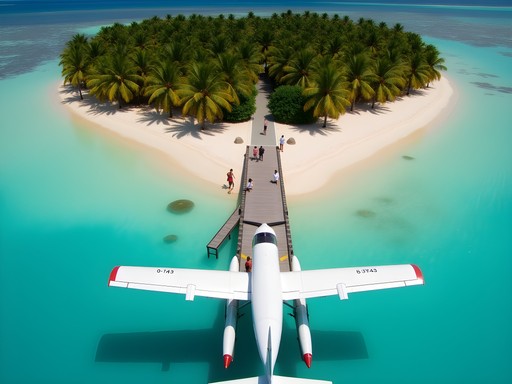
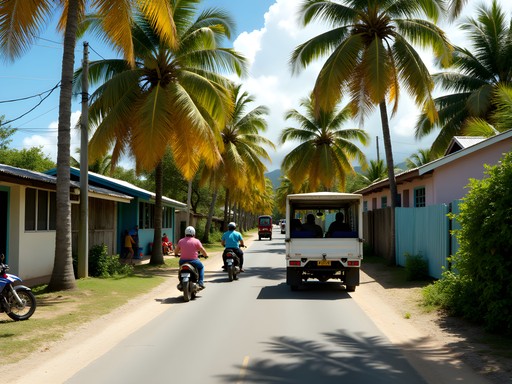

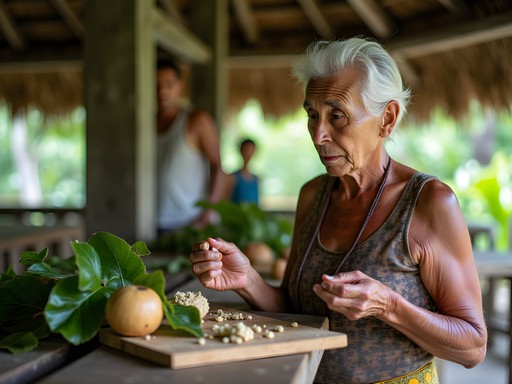
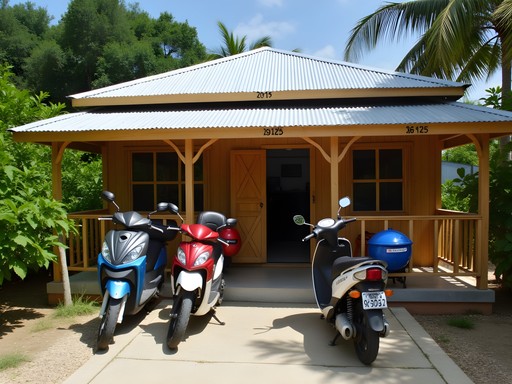



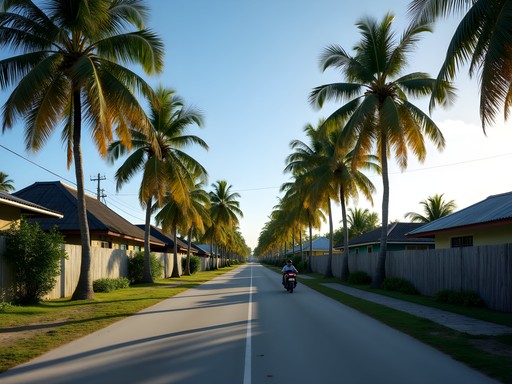




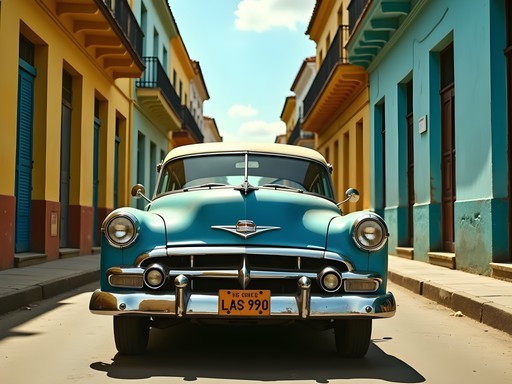

Comments
coolguy6703
Those sunset pics are absolutely insane! 🔥🔥🔥
Gregory Boyd
Fascinating read, Zoe. Your nursing background brings a unique lens to travel writing that's refreshing. I visited Tuvalu in early 2024 and can confirm that transportation logistics are exactly as you've described. The informal nature of getting around is both challenging and charming. One thing I'd add for readers: bring plenty of cash as ATM facilities are extremely limited, and many boat operators won't accept cards. I found having a good waterproof bag essential for protecting camera gear during those sometimes splashy boat rides between islets. The point you made about climate change impacts was particularly poignant. Those tide marks on buildings really drive home what's at stake for these islands.
Zoe Kumar
Thanks for the thoughtful comment, Gregory! You're absolutely right about the cash situation - I should have emphasized that more. And yes, the visible evidence of rising sea levels was something that affected me deeply as a visitor.
coffeeadventurer
This looks amazing! How difficult was it to actually get between the different islets? Did you need to arrange boats in advance or could you just find them when you got there?
Zoe Kumar
Great question! For most of the closer islets, you can arrange boat transport pretty easily once you're in Funafuti. Just ask at your guesthouse or talk to locals at the harbor. For more remote islets, it's better to plan a day ahead. Most trips are quite informal - no online booking systems here!
coffeeadventurer
Thanks so much for the info! Love the simplicity of that approach.
wildexplorer
Omg this is so cool! Never even heard of Tuvalu before but now I'm adding it to my bucket list!
Zoe Kumar
Thanks wildexplorer! It's definitely one of those hidden gems that deserves more attention. Hope you make it there someday!
wildbackpacker3876
Just got back from Tuvalu last month and your post is spot on! The twice-weekly flights are no joke - I had to plan my entire South Pacific trip around those Fiji Airways schedules. For anyone going, I recommend staying at least 5 days since you're so limited by the flight options. We hired a local fisherman to take us to three different islets for about $80 total. The snorkeling between the islets was incredible! Also loved how you mentioned the health challenges there, Zoe. As someone who got a nasty coral cut while there, I appreciate the medical perspective. The local clinic was basic but the staff were amazing.
luckyguide
Planning to visit in January - how's the weather then? And is it really necessary to bring all supplies with you like I've heard?
wildbackpacker3876
Not the author but I went last January! It's rainy season but we had plenty of sunny days. Definitely bring basics - sunscreen, medications, etc. There are small shops but selection is limited and pricey. I wish I'd brought my dry bag because everything gets wet during island hopping!
PacificDreamer
Just booked my flights to Tuvalu! Your guide is going to be my bible for the trip!
Zoe Kumar
That's amazing! You're going to have such a wonderful time. Feel free to DM me if you have any specific questions before you go!
Jennifer Thomas
Zoe, I absolutely loved your unique perspective as a nurse exploring Tuvalu! I was there last year and can confirm the transportation situation is exactly as you described. Walking the entire length of Funafuti in a few hours was such a humbling experience. I ended up renting a scooter from a local family for about $10/day which was perfect for exploring. The boat journey to Funafala was definitely the highlight of my trip too - those picnics on deserted beaches were straight out of a dream! Did you get a chance to visit the WWII plane wreck site? That was surprisingly moving.
wildbackpacker3876
How difficult was it to arrange the boat to Funafala? Did you just ask around or book ahead somehow?
Jennifer Thomas
I literally just asked at my guesthouse and they arranged everything! That's how things work in Tuvalu - very informal but reliable. Cost me about $50 for a half-day trip.
luckyguy
Wow, never even heard of Tuvalu before! Definitely adding to my bucket list now.
Jennifer Thomas
It's super under the radar! Only about 2,000 tourists visit annually. Worth the journey though!
luckyguy
That's insane! No wonder there's so little info out there. Thanks!
TravelingTeacher
How's the internet connection there? I'd love to visit but need to stay somewhat connected for work.
Zoe Kumar
It's pretty limited! There's WiFi at some guesthouses and the government building in Funafuti, but it's slow and unreliable. I'd suggest planning for minimal connectivity, especially on the outer islets where there's often none at all.
Venture X
Premium card with 2X miles, $300 travel credit, Priority Pass